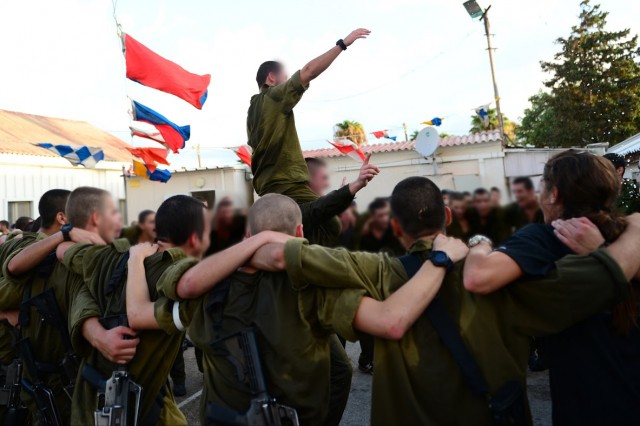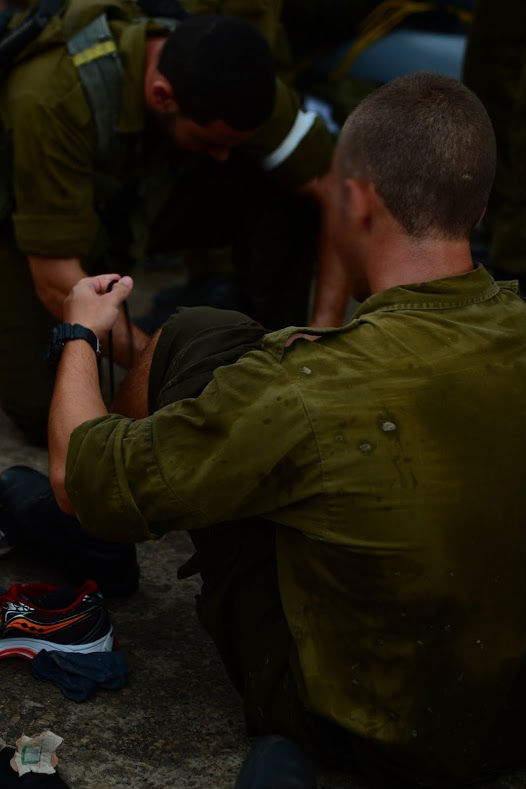What it Takes to Become an IDF Submariner
Israel’s Dolphin-Class submarines are considered among the most powerful and sophisticated on and below the surface of the Earth. The soldiers who man their powerful weapons systems and sail them through the sea’s depths are among Israel’s best and brightest. Last week their mettle was tested in the notorious submariners’ challenge.
They have been described by the IDF’s Chief of Staff as “a long strategic arm – sophisticated, very quiet, and extremely important in our struggle.”
The Commander in Chief of the Israel Navy said that their legacy’s “unique and clandestine contribution is an impressive, mostly classified chapter in the war for our existence as an independent and sovereign state.”
![]()

They are the Dolphin-Class submarines – silent, sophisticated and tremendously powerful. The Israel Navy’s growing flotilla of these underwater behemoths is a vital pillar of state security – as are the men who operate them.

![]()
Though most elite units in the IDF have similar physical challenges, the submariners’ is unique. Coming at the peak of the second stage of their training, a year since they enlisted, the naval soldiers must prove above all else their ability to work as a team. Each man’s performance is irrelevant: it is if they make it together at the end that counts. Every year a new class of candidates rises up to take on the prestigious mantle of becoming Israeli submariners. Yet the road there is no walk in the park. These young men must prove to be in possession of an indefatigable physical and mental stamina to earn the right to climb on board the Dolphin.

![]()
As dawn breaks the soldiers come charging down to the beach. In four teams they clamber on board the rubber vessels awaiting them on the sand and within moments are rowing out to their target – 500 meters out at sea. Just before they become specks on the horizon, they turn around and are on their way back, chanting an infectious heave-ho rhythm to inspire each man on.


Meters from the shore, they leap out of the boats and drag them on to the sand. Then the wet shoes are yanked off, the boots and vests pulled on, the stretchers lifted, and the soldiers are off on a two kilometer run on foot. There is no time to rest.
The challenge is very intensive – it takes you to a point that truly resembles a battle situation in a submarine – the body is exhausted but the mind must be focused and strong,” said Cpl. R., visibly spent but ecstatic at having completed the challenge. “I think it’s very symbolic that we don’t finish the challenge after all the running,” Cpl. A. added. “We don’t finish until after the end when you have to disassemble your weapon and a few other tasks that require the brain, even with all the exhaustion and pressure.”


Completing the course concludes the second stage of the submariners’ long training pathway. Two and a half months later, they will have proven themselves ready to man the IDF’s most advanced strategic assets.



